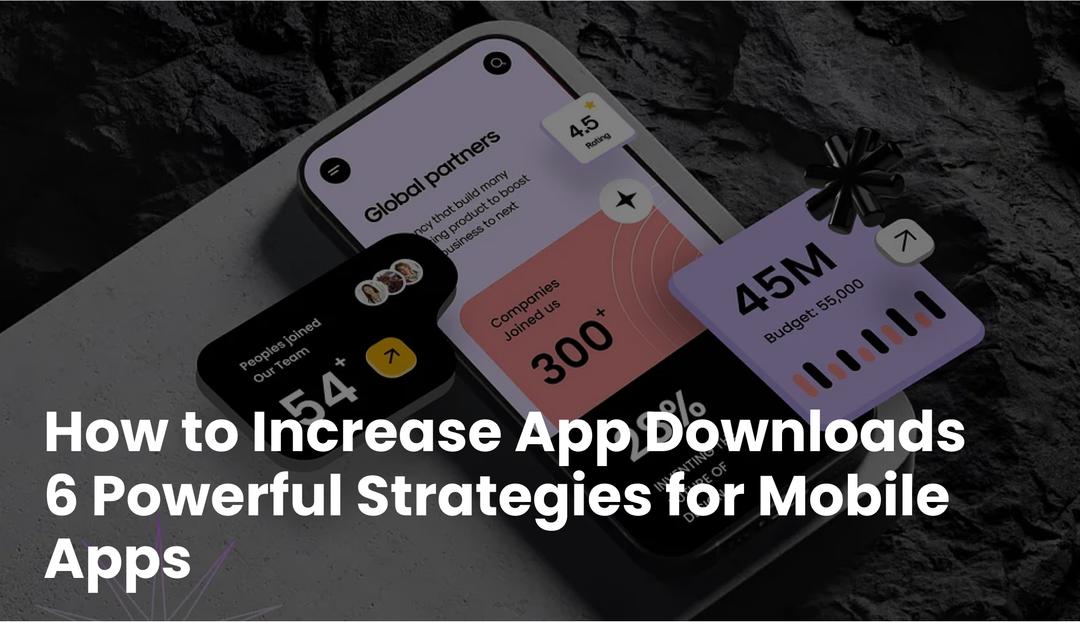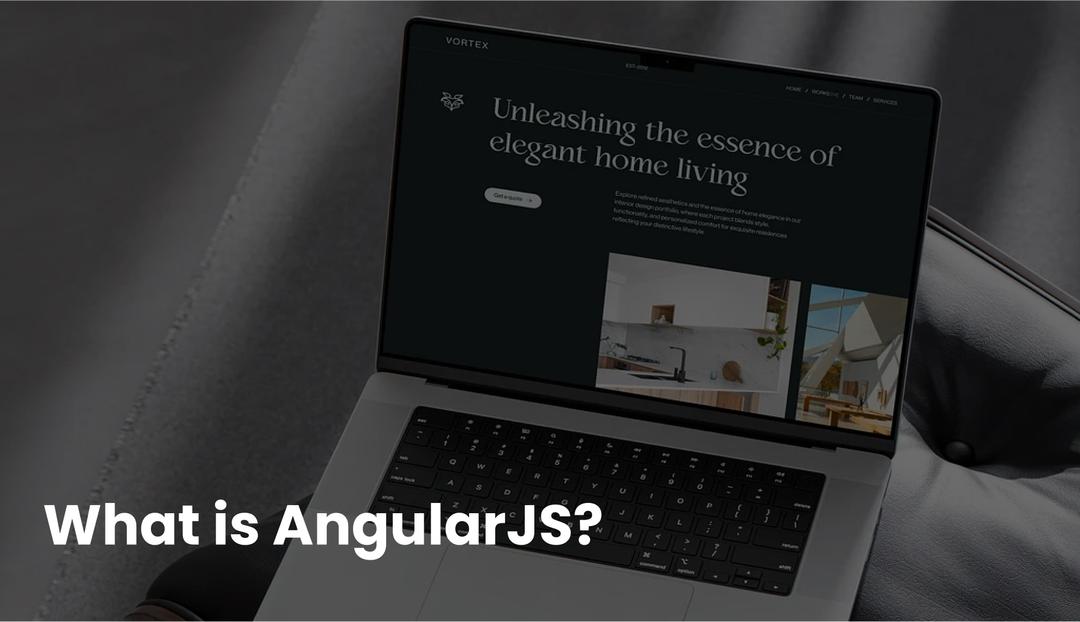The making of a real-time chat application has become increasingly accessible with the advent of modern outline and backend services. Flutter, a UI toolkit of Google, provides a strong solution to create a broad app development platform, a comprehensive app development platform, and a cross-platform chat app with real-time capabilities. This guide will go through the process of developing a real-time chat application using Flutter and Firebase, covering your growth environment to implement the core chat functionalities.
Why Choose Flutter and Firebase?
Flutter enables developers to create basic applications that run on a single codebase across mobile, web, and desktop platforms. Its expressive UI and rapid growth cycles make it ideal for building interactive applications. By providing backward services such as Firebase authentication, real-time database, cloud storage, and more, it streamlines operations by eliminating the need to manage servers. Together, they streamline the development process, allowing rapid prototypes and deployment.
Prerequisites
Before diving into development, ensure you have the following:
Step 1: Setting up the Flutter Project
Open your terminal and create a new Flutter project by typing:

Now open this project in your IDE (VS Code or Android Studio). This gives you the foundation to start building your app.
Step 2: Set Up Firebase for Your App
To connect Firebase to your Flutter app, you’ll need to add Firebase to both the Android and iOS versions of your app.
For Android:
Head over to the Firebase Console and create a new Android app within your project. It’ll ask for your app’s package name—you can easily find that in your Flutter project by opening this file:
android/app/src/main/AndroidManifest.xml.
Once your app is registered, Firebase will give you a file called google-services.json. Download it and drop it into the android/app/ folder of your Flutter project. That’s it—your app is now linked to Firebase on the Android side!
You’ll also need to open the build. gradle files and add a few lines as Firebase tells you—this is to enable Firebase in your app.
For iOS:
Register your iOS app in the Firebase Console using your iOS bundle ID. Download the GoogleService-Info.plist file and place it in the iOS/Runner/ folder.
Make sure your iOS/Podfile sets the platform version to at least 10.0.
Step 3: Add Flutter Plugins

Now open the pubspec.YAML file in your Flutter project and add the packages that will help connect to Firebase services.
Here’s a quick example of what to add:
Then run:
This will download the plugins and set them up.
Step 4: Initialize Firebase in Your App

In your main. dart file, you’ll need to initialize Firebase before your app starts running. Here’s how to do that:
Make sure to import Firebase Core and set up the generated Firebase options if you used flutterfire configure.
Step 5: Add Google Sign-In (Authentication)

To let users log into your chat app, you can use Google Sign-In. It’s quick, easy, and users love it because they don’t have to remember new passwords.
First, go to your Firebase Console > Authentication > Sign-in Methods and enable Google.
Then, in your Flutter code, set up Google Sign-In using the google_sign_in and firebase_auth packages.
Here’s a basic example:
Step 6: Design Your App Layout
Now let’s talk about the interface. Your app will need a few simple screens:
- Login Screen: Where users can sign in with Google
- Chat Screen: Where they can see messages and send new ones
- User Profile or Settings Screen (Optional): To let users upload a photo or set a nickname
You can use Flutter widgets like Scaffold, ListView, TextField, AppBar, and FloatingActionButton to design these screens.
For the chat interface, it’s a good idea to show messages in bubbles, display user names and timestamps, and let users send text (and later, images).
Step 7: Enable Real-Time Messaging with Firestore
This is where the magic happens. Firestore lets your app send and receive messages instantly.
To send a message:
Each message will be stored as a document inside a messages collection in Firestore. Here’s a basic function:

To read messages in real time:
Use a StreamBuilder widget to listen to updates from Firestore:

This way, whenever someone sends a message, it shows up instantly in the chat window.
Step 8: Add User Profile and Image Upload
Let users personalize their profiles with names and pictures.
You can use image_picker to let users select a photo, and firebase_storage to upload it. After uploading, save the download URL to Firestore.
This helps display the user’s profile image alongside their messages.
Step 9: Add Push Notifications (Optional but Powerful)
If someone receives a new message, they should know—even if they aren’t in the app. Firebase Cloud Messaging (FCM) helps here.
To add FCM:
- Enable FCM in the Firebase Console
- Add the firebase_messaging plugin
- Ask for notification permission in the app
- Handle messages in the foreground and background
This keeps users engaged and informed.
Step 10: Add Basic Security with Firebase Rules
Your database shouldn’t be open to everyone. Use Firebase rules to restrict access.
Here’s a simple example:
jsCopyEditservice cloud.firestore { match /databases/{database}/documents { match /messages/{messageId} { allow read, write: if request.auth != null; } }}
This makes sure only logged-in users can read or send messages.

This makes sure only logged-in users can read or send messages. The rules shown above permit public access for reading messages, but restrict message creation to users who are logged in. Feel free to adjust these rules to better suit the needs and security preferences of your application.
Great job!
You’ve now built a real-time chat app by successfully integrating Flutter with Firebase. Along the way, you followed best practices, managed error handling, and applied essential security rules. To launch your app, simply open your terminal or command prompt and run:

Conclusion
Building a real-time chat app might seem challenging at first, but with Flutter’s flexibility and Firebase’s powerful backend services, the process becomes much smoother. You don’t have to worry about setting up servers, managing databases, or writing complex backend logic. From user authentication to real-time message syncing and push notifications. Firebase has your back.
The Flutter takes care of the front-end beautifully, allowing you to create a single codebase that runs on both Android and iOS. Whether you are a solo developer or the team that produces a scalable product, this tech stack gives you the equipment to move faster without renunciation of quality.
Ready to Build Your Own Chat App?
Turn your real-time messaging app idea into reality with Flutter and Firebase. Whether you're just starting or scaling up, our experts are here to help you launch faster, smarter, and more securely
Get a Free Consultation
As you keep increasing your app, maybe remember to keep user experience and data privacy at the center of your development, reading emoji, media sharing, group chat, or receipts.
Now you have the blueprint to create a functional and safe chat app. Keep using, keep improving, and most importantly, keep shipping!
FAQS















